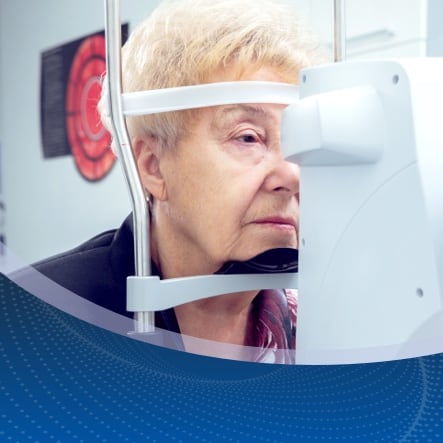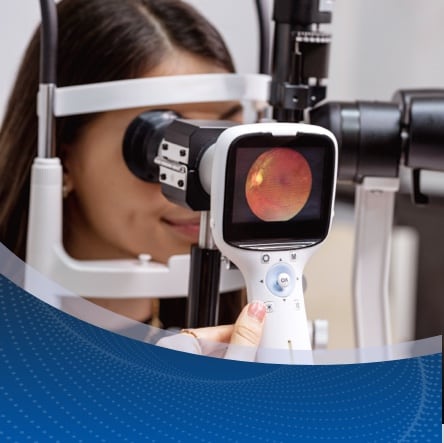It’s common knowledge among those with diabetes that their condition can impact their eyesight. Nevertheless, a surprising 20% of individuals with diabetes did not receive their recommended annual dilated eye exam, according to recent findings. Dr. Paul M. Griffey, a seasoned ophthalmologist, emphasizes the importance of these exams: “It’s critical for diabetics to have an annual dilated exam because it can help them avoid complications.” Awareness is seemingly lacking, as some patients do not know that a yearly check is advised for maintaining diabetes and eye health.
Diabetes and Its Effect on Eye Conditions
Those with diabetes must be vigilant about their ocular health, as they face heightened risks for conditions like glaucoma—nearly double that of non-diabetics. Similarly, people with diabetes are more susceptible to cataracts, which can lead to cloudiness in vision. But how else does diabetes affect the eyes? Learning this can provide the crucial knowledge to take proactive steps in diabetic eye care.
Stages of Diabetic Retinopathy
Diabetic retinopathy, the primary diabetic eye disease leading to blindness, progresses through four stages—mild, moderate, severe, nonproliferative retinopathy, and proliferative retinopathy. Dr. Griffey, who brings 14 years of experience, notes, “It’s very common for people with type 1 and type 2 diabetes to develop nonproliferative retinopathy, but most people have no symptoms. That’s why annual dilated eye exams are so important.” Additionally, diabetes and blurry vision are interconnected, mainly when abnormal blood vessels leak and blur vision in advanced stages.
How Diabetes, Blood Sugar, and Vision Connect

Blurry vision does not always signify a lasting issue; sometimes, it’s temporary and linked to elevated blood sugar levels. Patients often ask, “Does low blood sugar cause blurry vision?” Fluctuations in blood sugar can affect eyesight but typically do not result in permanent changes unless they lead to recurrent damage. Keeping blood sugar levels close to normal is a vital diabetic eye care tip that can reduce the risk of experiencing diabetic retinopathy.
Diabetic Eye Care Tips
To preserve eye health and prevent the progression of diabetes-related eye conditions, consider these essential practices:
- Keep Blood Pressure in Check: Elevated blood pressure can exacerbate eye problems, so maintaining it within a healthy range is crucial for protecting your vision.
- Quit Smoking: Smoking can lead to a variety of health issues, including detrimental effects on eye health. Abstaining from smoking can significantly reduce the risk of eye diseases.
- Regular Dilated Eye Exams: Essential for early detection of retinopathy, these exams should be performed annually as diabetic retinopathy often goes unnoticed in regular vision check-ups.
When to Seek Medical Advice
Recognizing the symptoms of eye problems early could be lifesaving for your vision. Diabetics should promptly make appointments with their eye doctors if they experience any of the following signs:
- Difficulty Reading Signs: A sudden difficulty reading road signs or small print may indicate vision changes related to diabetes.
- Persistent Eye Pain: Continuous discomfort or pain in the eyes is a serious sign and warrants immediate consultation with an eye care professional.
- Onset of Redness: The appearance of redness in the eyes could be symptomatic of inflammation or other diabetes-induced ocular issues.
- Increase in Floaters and Spots: A noticeable surge in floaters or spots in one’s field of vision could suggest bleeding within the eye and require urgent medical attention.
Conclusion and Care Recommendations
The connection between diabetes and eyesight must be acknowledged. Taking control of your health by regularly monitoring your blood sugar and blood pressure, paired with making lifestyle changes and adhering to annual eye examinations, can help prevent serious eye diseases associated with diabetes. If you’re living with diabetes, remember that a solid diabetic eye care plan can protect your vision and lead to a better quality of life. Book your appointment with Griffey Eye Care & Laser Center today.
**Please note that the suggestions provided in this blog are for general informational purposes only and may not be suitable for your specific insurance plan and eyecare needs. It is important to consult a qualified healthcare professional for personalized advice and treatment.












